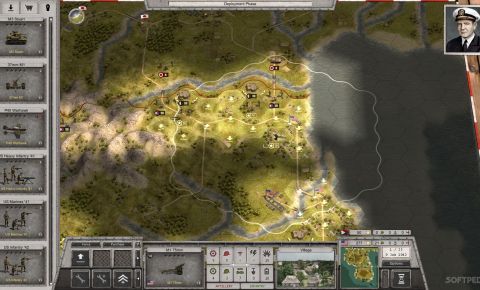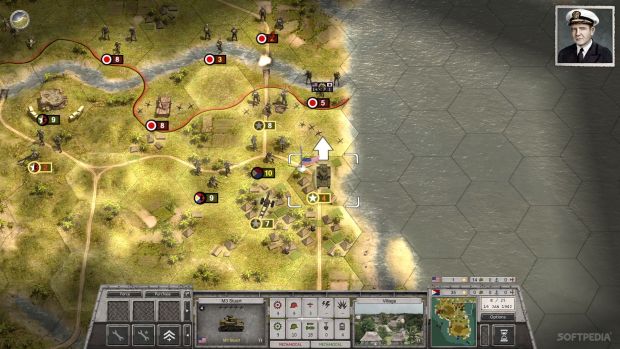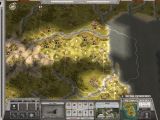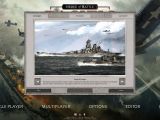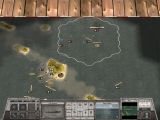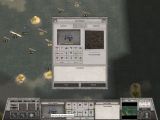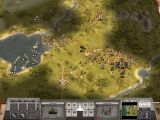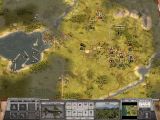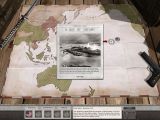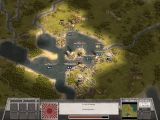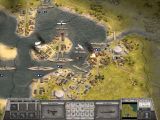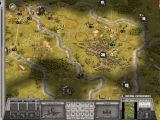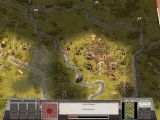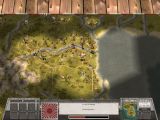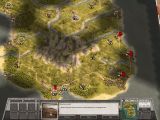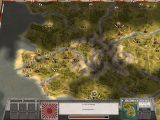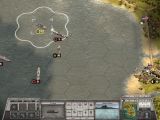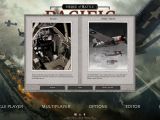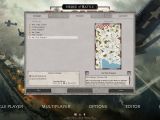Order of Battle: Pacific is a surprise because the game initially seems yet another attempt to take the Panzer General formula and make it relevant for modern gamers, and in a few hours of playing, the game shows that it is actually an evolution of that classic concept that manages something entirely new.
As the name implies, the development team at The Artistocrats (great name!) and publisher Slitherine take gamers to the period of World War II when Japan battles the United States and its allies.
Order of Battle: Pacific uses a variety of ships, logistic mechanics and some solid work linked to unit capabilities to deliver a fun and challenging simulation of the battles that took place in that theater of war.
The game can be a little challenging to learn, despite the solid tutorial campaign, but once players understand the basics, they will spend hours trying to execute the perfect amphibious landing or planning the best way to execute a fighting retreat.
Story
Order of Battle: Pacific tackles one area of World War II that is not often explored in the video game space, the Pacific theater.
This means that gamers will be able to take part in the biggest moments that marked the period between 1941 and 1945, including the Pearl Harbor strike, the advances of the Japanese all across the ocean, and the island hopping campaign of the Americans and their allies.
The development team at The Artistocrats is offering two different campaigns, one focused on the Empire of Japan and another on the Allies.
Both of them start off grounded in history and evolve in interesting ways, with the player asked to make decisions that will affect the gameplay and with battle performance also affecting the way future engagements work.
Order of Battle: Pacific delivers a briefing to players before the start of each battle, and then allows them to issue orders as they try to reach their objectives, with no interference.
The writing of the game is modest but it serves its purpose. However, it would have been nice for the developers to offer some more details linked to the various units included in the title, apart from the statistics that determine their battlefield use.
Gameplay
Order of Battle: Pacific is a turn-based strategy title played from a top-down perspective that will be instantly familiar to all those who have played Panzer General or one of the many titles that copied the mechanics of that series.
Gamers will need to reach a series of objectives for each included scenario and mission, and in order to do that, they will have to use a wide variety of units, which in this title include land, air, and innovatively, naval assets.
Deployment allows players to choose where their units start a battle, and then each of them can execute a move order and an attack order (which ends their initiative for the turn).
Aside from the Panzer General similarities, Order of Battle: Pacific has a number of unique features that increase the complexity and the enjoyment associated with the battles.
The biggest innovation is the fact that naval assets, ranging from torpedo boats to battleships and aircraft carriers, are central to the action.
The Pacific theater of World War II was often avoided because video games have found it hard to simulate sea battles and the way land units, ships, and aircraft had to collaborate during landing and inland assaults.
“Order of Battle: Pacific has managed to solve this issue, and it's a pleasure to play through the island hopping campaign of the United States or to try to expand the Empire of Japan across the Pacific.”
Ship-to-ship combat does sometime seem to take too long (torpedoes should be more damaging), but the landings are perfectly implemented, with their mix of chaos and careful planning and the way losses are required to get off the beach and into the territory that the enemy holds.
The video game also has a logistics system that makes sure that gamers do not simply pile units in one area in order to get an advantage.
Order of Battle: Pacific also has solid flanking mechanics that make frontal assaults costly and the way units work in tandem with each other meshes well with historical reports about combat between the USA and Japan in World War II.
Gamers get resources based on their performance, and these can be spent to recruit new units or to upgrade already existing ones, including cores that will stay with the player as the campaign evolves.
The title also includes strategic bombardment mechanics, minelaying, fuel for aircraft, and more, concepts that sometimes are not entirely fleshed out but add to the feeling that the player manages an actual war effort.
The Artificial Intelligence in Order of Battle: Pacific is capable of putting up a solid challenge, launching probing strikes, trying to use local superiority in forces to get to victory points, and cleverly using its destroyers in naval engagements.
Graphics and audio
Order of Battle: Pacific is played from a top-down view and it's impossible to zoom in too closely to the action because the developers need to keep the player focused on the big strategic picture rather than on the details, like the Panzer General titles have always done.
This means the game cannot be classified as being beautiful, although it does have some nice little animation for unit actions and terrain that sports some lovely and bright colors.
The interface of Order of Battle: Pacific is very functional and manages to make it very easy to issue orders to units and to track which one of them has moved and which has fired.
The biggest problem with the graphics of the strategy game is the fact that it's sometimes harder than it should be to visually identify some of the unit types and an extra click is required to get a clear idea of who is placed where and what the role for that squad is.
The deployment screen can also be a little confusing, but these are minor gripes for a game that manages to deliver such solid turn-based wargame action.
The sound design of Order of Battle: Pacific is suited to the theme of the game, but it does not stand out in any way, and I often turn the music off in order to replace it with some symphonic pieces more suited to the scale of the battles.
Multiplayer
Order of Battle: Pacific offers multiplayer via both hotseat and Player by E-Mail, but the length of an engagement might be a problem for those who are looking to engage in some versus play on the same computer.
As always, it's probably a good idea to recruit a friend to play the game with, because of its complexity.
The Good
- Naval combat
- Landing mechanics
- Logistics system
The Bad
- Has a learning curve
- Some missions seem overly long
Conclusion
The developers have managed to smoothly blend familiar elements and innovation, and it's a pleasure to play and try to come up with solid plans and then implement them as well as possible.
Order of Battle: Pacific might seem a little difficult to comprehend initially, but the tutorial campaign is very well constructed and will make sense even to those who are not fans of the genre.
The Artistocrats have clearly found a winning formula, and it will be interesting to see which historical period they plan to tackle next.
 14 DAY TRIAL //
14 DAY TRIAL // 